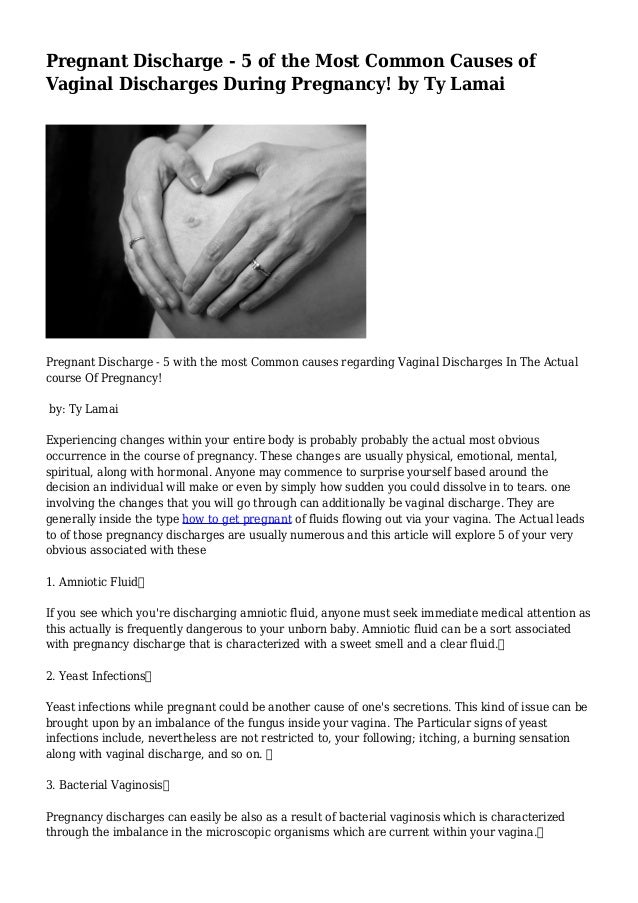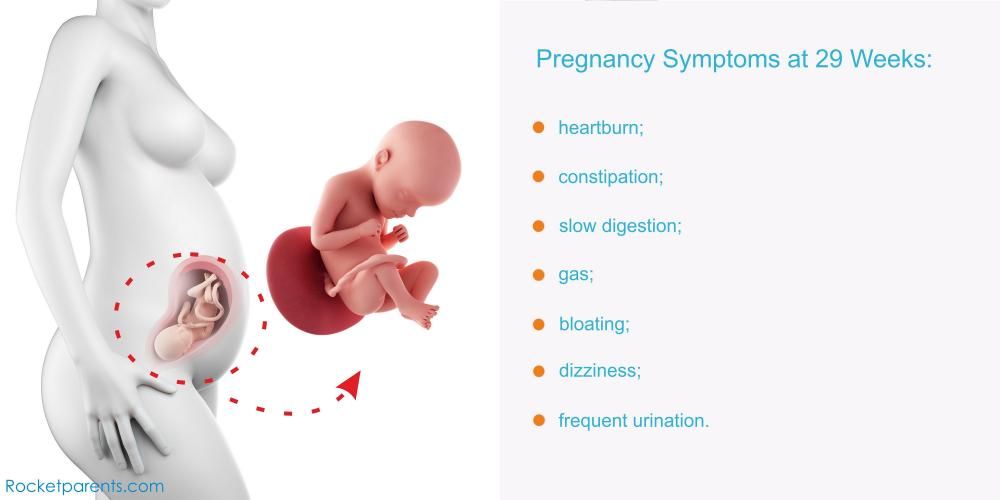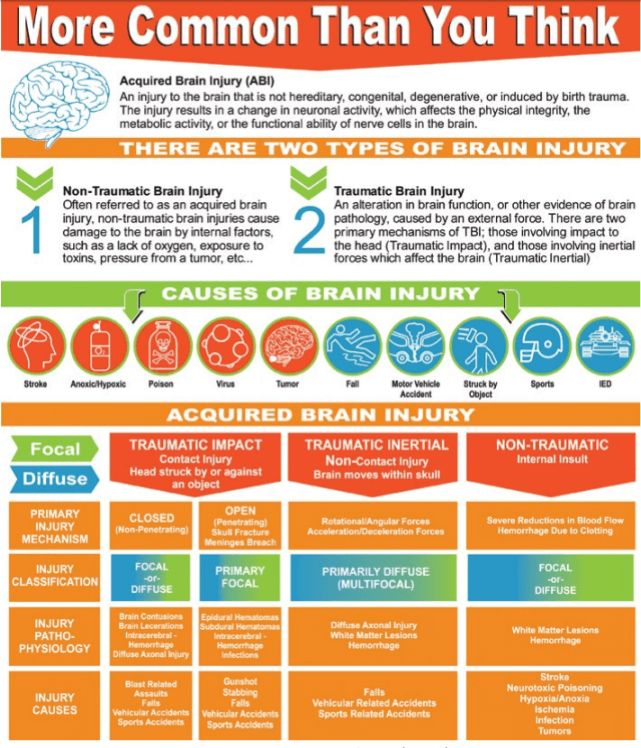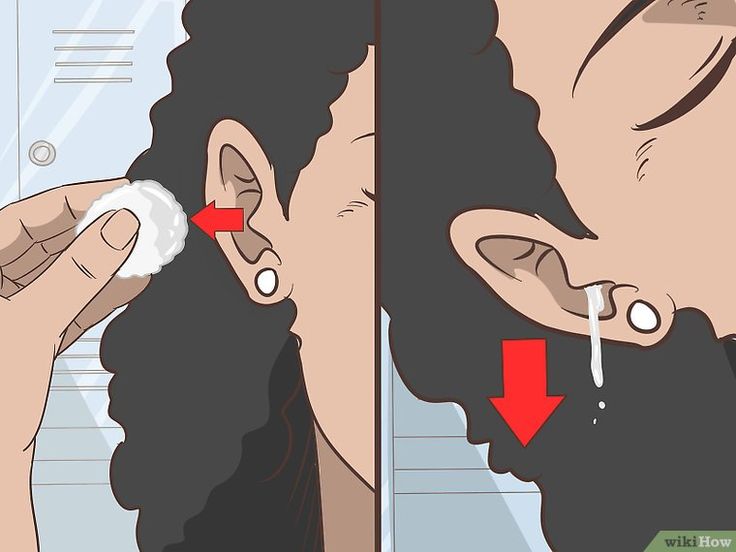Causes of vaginal bleeding during pregnancy
Bleeding and spotting from the vagina during pregnancy
Bleeding and spotting from the vagina during pregnancy are common
If you bleed or spot during pregnancy, it doesn’t always mean there’s a problem but in some cases they may be signs of a problem for you or your baby’s health
If you have heavy bleeding, call your health care provider right away
Tell your provider about any bleeding or spotting you have during pregnancy
Bleeding and spotting from the vagina during pregnancy are common. Up to 1 out of 4 (up to 25%) of all pregnant women have some bleeding or spotting during their pregnancy.
Bleeding and spotting in pregnancy don’t always mean there’s a problem, but they can be a sign of miscarriage or other serious complications. Miscarriage is when a baby dies in the womb before 20 weeks of pregnancy.
Call your health care provider if you have any bleeding or spotting, even if it stops. It may not be caused by anything serious, but your provider needs to find out what’s causing it.
What’s the difference between bleeding and spotting?
Bleeding or spotting can happen anytime, from the time you get pregnant to right before you give birth. Spotting is light bleeding. It happens when you have a few drops of blood on your underwear. Spotting is so light that the blood wouldn’t cover a panty liner. Bleeding is when the blood flow is heavier, enough that you need a panty liner or pad to keep the blood from soaking your underwear and clothes.
What should you do if you have bleeding or spotting during pregnancy?
Call your health care provider if you have any kind of bleeding during pregnancy and do these things:
- Keep track of how heavy your bleeding is, if it gets heavier or lighter, and how many pads you are using.
- Check the color of the blood. Your provider may want to know. It can be different colors, like brown, dark or bright red.
- Don’t use a tampon, douche or have sex when you’re bleeding.
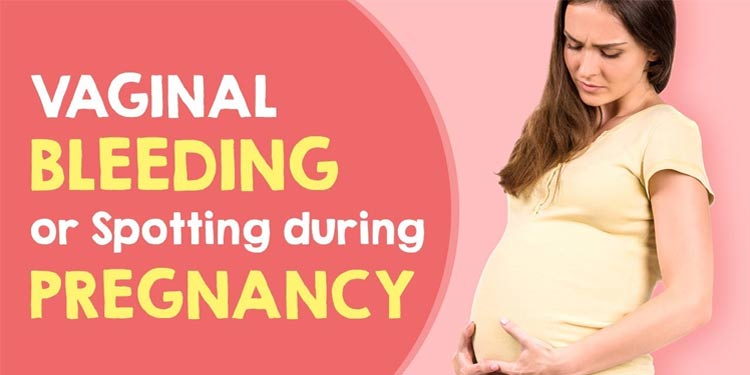
Call your health care provider right away at any time during pregnancy or go to the emergency room if you have:
- Heavy bleeding
- Bleeding with pain or cramping
- Dizziness and bleeding
- Pain in your belly or pelvis
What causes bleeding or spotting early in pregnancy?
It’s normal to have some spotting or bleeding early in pregnancy. Bleeding or spotting in the first trimester may not be a problem. It can be caused by:
- Having sex
- An infection
- Implantation. When a fertilized egg (embryo) attaches to the lining of the uterus (womb) and begins to grow.
- Hormone changes. Hormones are chemicals made by the body.
- Changes in your cervix. The cervix is opening to the uterus that sits at the top of the vagina.
- Certain types of testing during pregnancy like an amniocentesis or Chorionic villus sampling (CVS). These are tests that are done to check for genetic abnormalities in your baby.
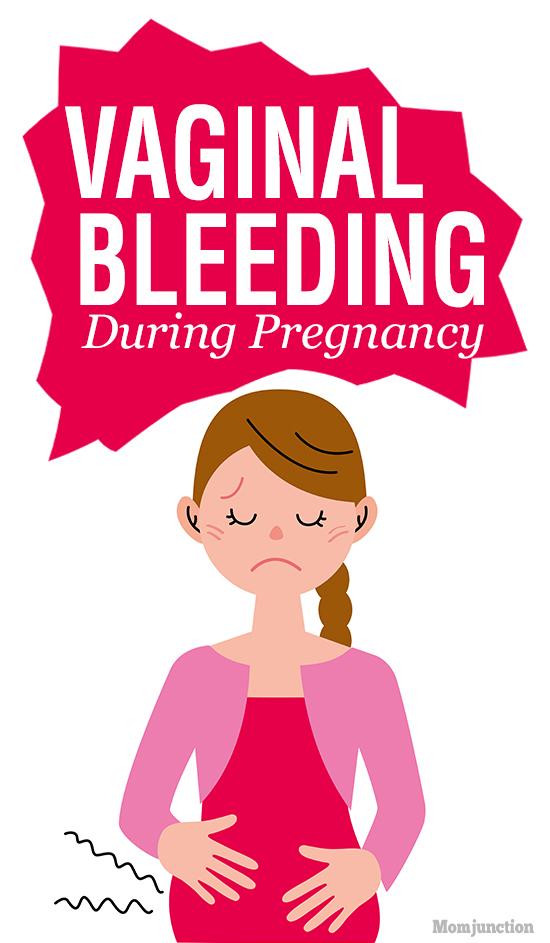 Genetic abnormalities are changes in the genes that are passed down to a baby from mom or dad. These genetic changes can cause health problems for a baby.
Genetic abnormalities are changes in the genes that are passed down to a baby from mom or dad. These genetic changes can cause health problems for a baby. - Problems related to smoking. If you smoke, it’s best to stop before pregnancy or as soon as you know you’re pregnant.
Sometimes bleeding or spotting in the first trimester is a sign of a serious problem, like:
- Miscarriage. Almost all women who miscarry have bleeding or spotting before the miscarriage.
- Ectopic pregnancy. This is when a fertilized egg implants itself outside of the uterus and begins to grow. An ectopic pregnancy cannot result in the birth of a baby. It can cause serious, dangerous problems for the pregnant woman.
- Molar pregnancy. This is when a mass of tissue forms inside the womb, instead of a baby. Molar pregnancy is rare.
What causes bleeding or spotting later in pregnancy?
Bleeding or spotting later in pregnancy may be caused by:
- Labor
- Having sex
- An internal exam by your health care provider
- Problems with the cervix, like an infection, growths, inflammation or cervical insufficiency.
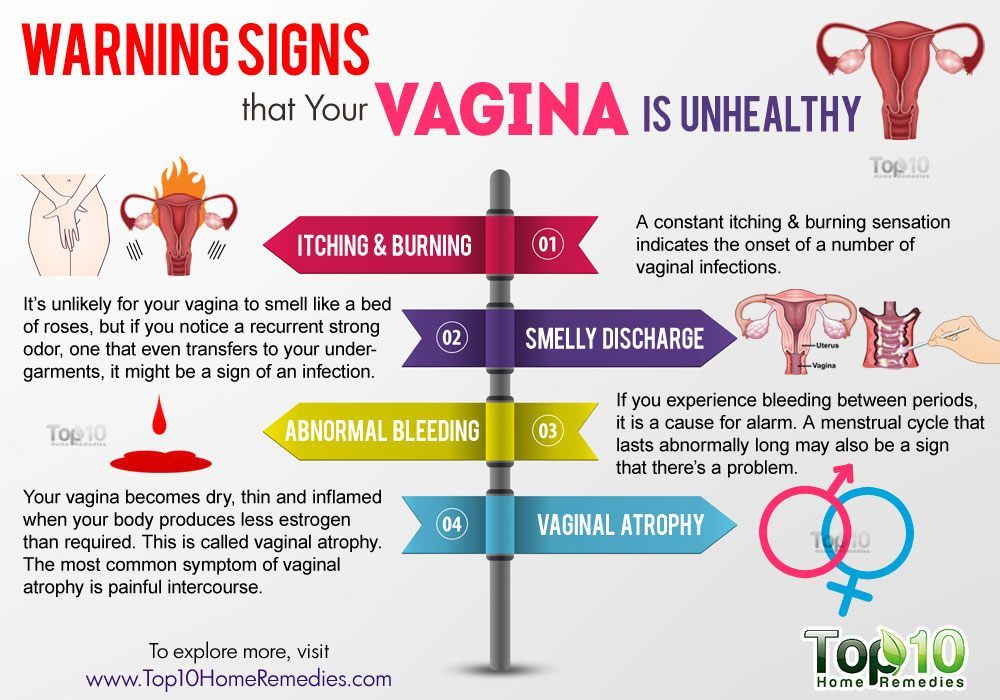 This is when a woman’s cervix opens too early. Inflammation of the cervix is when it may be painful, swollen, red or irritated.
This is when a woman’s cervix opens too early. Inflammation of the cervix is when it may be painful, swollen, red or irritated.
Bleeding or spotting later in pregnancy may be a sign of a serious problem, like:
- Preterm labor. This is labor that happens too early, before 37 weeks of pregnancy.
- Placenta previa. This is when the placenta lies very low in the uterus and covers all or part of the cervix.
- Placenta accreta. This is when the placenta grows into the wall of the uterus too deeply.
- Placental abruption. This is when the placenta separates from the wall of the uterus before birth.
- Uterine rupture. This is when the uterus tears during labor. This happens very rarely. It can happen if you have a scar in the uterus from a prior cesarean birth (also called c-section) or another kind of surgery on the uterus.
 A c-section is surgery in which your baby is born through a cut that your doctor makes in your belly and uterus.
A c-section is surgery in which your baby is born through a cut that your doctor makes in your belly and uterus.
How are bleeding and spotting treated?
Your treatment depends on what caused your bleeding. You may need a medical exam and tests.
Most of the time, treatment for bleeding or spotting is rest. Your provider may also suggest treatments like:
- Take time off from work and stay off your feet for a little while
- You may need medicine to help protect your baby from Rh disease. Rh disease is when your blood and baby’s blood are incompatible (can’t be together). This disease can cause serious problems — even death — for your baby.
- Don’t have sex, douche or use tampons
- If you have heavy bleeding, you may need a hospital stay or surgery
Last reviewed April 2020
Molar pregnancy - Symptoms and causes
Overview
A molar pregnancy is a rare complication of pregnancy.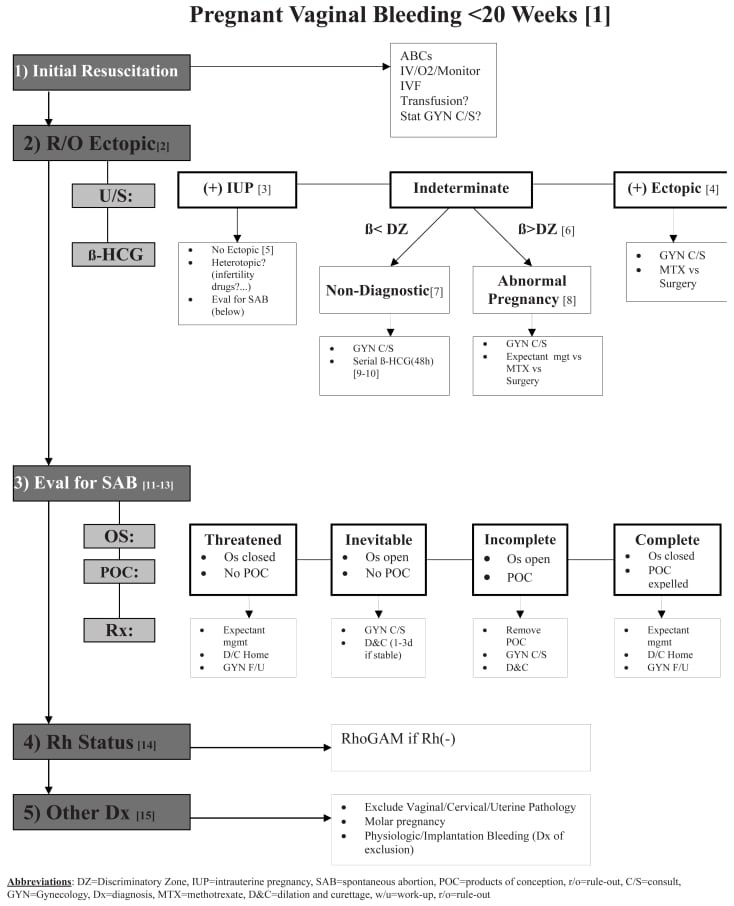 It involves unusual growth of cells called trophoblasts. These cells typically become the organ that feeds a growing fetus. That organ also is known as the placenta.
It involves unusual growth of cells called trophoblasts. These cells typically become the organ that feeds a growing fetus. That organ also is known as the placenta.
There are two types of molar pregnancy — complete molar pregnancy and partial molar pregnancy. In a complete molar pregnancy, the placental tissue swells and appears to form fluid-filled cysts. There is no fetus.
In a partial molar pregnancy, the placenta might have both regular and irregular tissue. There may be a fetus, but the fetus can't survive. The fetus usually is miscarried early in the pregnancy.
A molar pregnancy can have serious complications, including a rare form of cancer. A molar pregnancy requires early treatment.
Products & Services
- Book: Your Guide to Miscarriage and Pregnancy Loss
Symptoms
Molar pregnancy
Molar pregnancy
During a molar pregnancy, the placenta doesn't form typically. It can look like a mass of cysts. The fetus either doesn't form or doesn't form regularly and can't survive.
The fetus either doesn't form or doesn't form regularly and can't survive.
A molar pregnancy may seem like a regular pregnancy at first. But most molar pregnancies cause symptoms that can include:
- Dark brown to bright red bleeding from the vagina during the first three months
- Severe nausea and vomiting
- Sometimes grapelike cysts that pass from the vagina
- Pelvic pressure or pain
Because of improved ways of detecting a molar pregnancy, most are found in the first trimester. If it is not found in the first three months, symptoms of a molar pregnancy might include:
- A uterus growing quickly and being too large early in the pregnancy
- Preeclampsia — a condition that causes high blood pressure and protein in the urine — before 20 weeks of pregnancy
- Ovarian cysts
- Overactive thyroid, also known as hyperthyroidism
Request an Appointment at Mayo Clinic
Causes
An egg fertilized atypically causes a molar pregnancy.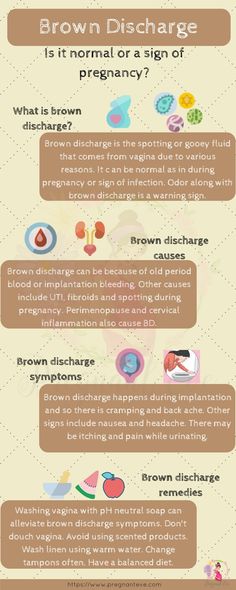 Human cells usually have 23 pairs of chromosomes. In a typical fertilization, one chromosome in each pair comes from the father, the other from the mother.
Human cells usually have 23 pairs of chromosomes. In a typical fertilization, one chromosome in each pair comes from the father, the other from the mother.
In a complete molar pregnancy, one or two sperm fertilize an egg. The chromosomes from the mother's egg are missing or don't work. The father's chromosomes are copied. There's none from the mother.
In a partial or incomplete molar pregnancy, the mother's chromosomes are present, but the father supplies two sets of chromosomes. The embryo then has 69 chromosomes instead of 46. This most often occurs when two sperm fertilize an egg, resulting in an extra copy of the father's genes.
Risk factors
Factors that can contribute to a molar pregnancy include:
- Earlier molar pregnancy. If you've had one molar pregnancy, you're more likely to have another. A repeat molar pregnancy happens, on average, in 1 out of every 100 people.
- Age of the mother. A molar pregnancy is more likely in people older than age 43 or younger than age 15.
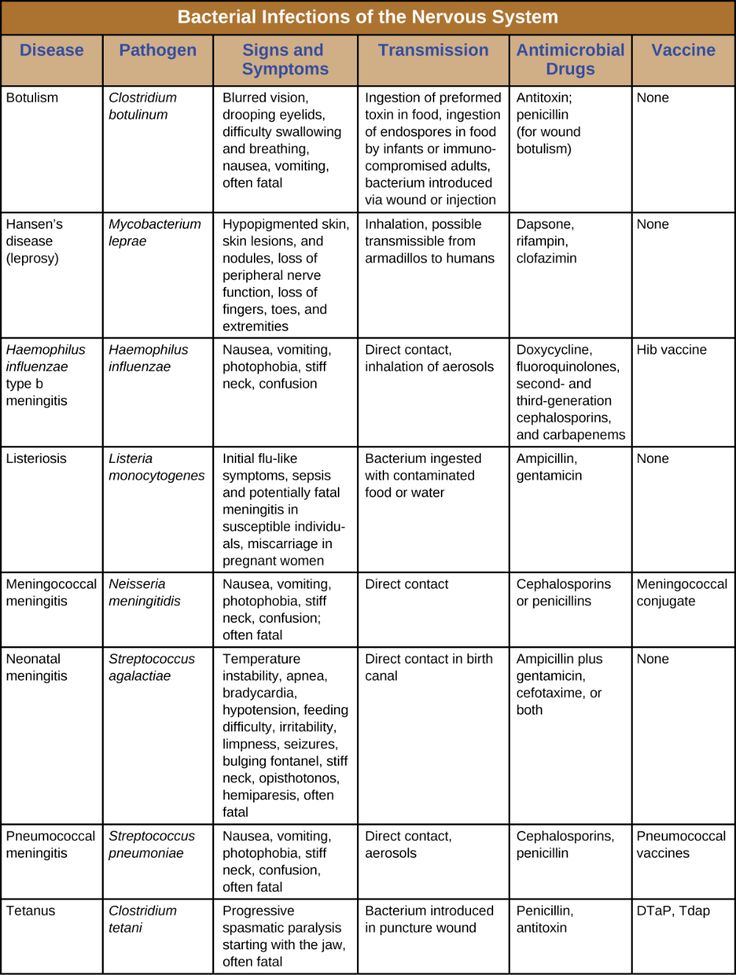
Complications
After removing a molar pregnancy, molar tissue might remain and continue to grow. This is called persistent gestational trophoblastic neoplasia (GTN). GTN happens more often in complete molar pregnancies than it does in partial molar pregnancies.
One sign of persistent GTN is a high level of human chorionic gonadotropin (HCG) — a pregnancy hormone — after the molar pregnancy has been removed. In some cases, the mole that causes the molar pregnancy goes deep into the middle layer of the uterine wall. This causes bleeding from the vagina.
Persistent GTN is usually treated with chemotherapy. Another treatment possibility is removal of the uterus, also known as hysterectomy.
Rarely, a cancerous form of GTN known as choriocarcinoma develops and spreads to other organs.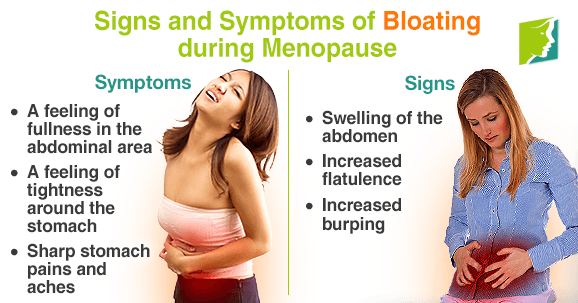 Choriocarcinoma is usually successfully treated with chemotherapy. A complete molar pregnancy is more likely to have this complication than is a partial molar pregnancy.
Choriocarcinoma is usually successfully treated with chemotherapy. A complete molar pregnancy is more likely to have this complication than is a partial molar pregnancy.
Prevention
If you've had a molar pregnancy, talk to your pregnancy care provider before trying to get pregnant again. You might want to wait six months to one year. The risk of having another molar pregnancy is low, but it's higher once you've had a molar pregnancy.
During future pregnancies, a care provider may do early ultrasounds to check your condition and make sure the baby is developing.
By Mayo Clinic Staff
Related
Associated Procedures
Products & Services
Pregnancy and menstruation | Kotex®
The question “Am I pregnant?” probably occurred at least once to the vast majority of heterosexual women who are sexually active.
Although the absence of periods is the most noticeable early symptom of pregnancy, many women have many questions when it comes to whether menstruation is possible during pregnancy.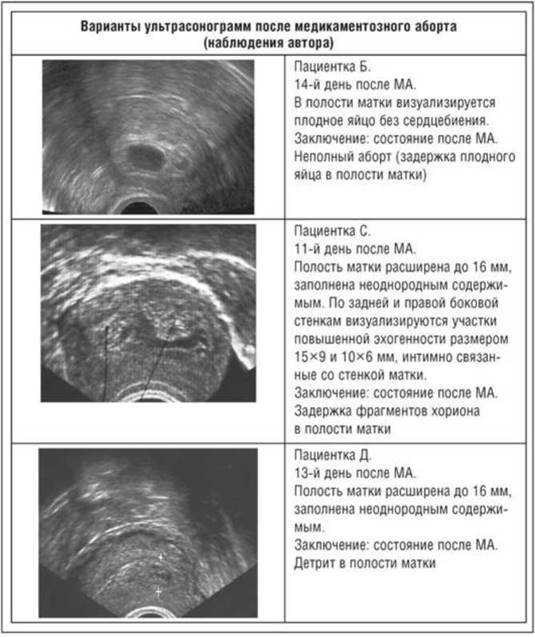
Is it possible to have periods during pregnancy?
No, they can't. If you have your period, it means that you are not pregnant.
Menstruation occurs only if the monthly egg that comes out of the ovaries has not been fertilized.
If the egg is not fertilized, it leaves the uterus and is excreted along with the menstrual blood through the vagina.
The difference from pregnancy seems obvious at first glance, because during pregnancy there are no periods, and if you are not pregnant and in reproductive age, then you have periods.
But some women have doubts about this, which are related to the fact that about 20-30% of pregnant women have irregular spotting, which in essence is not menstruation and differs from it: most often they have light pink or brown shade and not so abundant. Sometimes women confuse them with menstruation if they occur around the same time that menstruation is expected.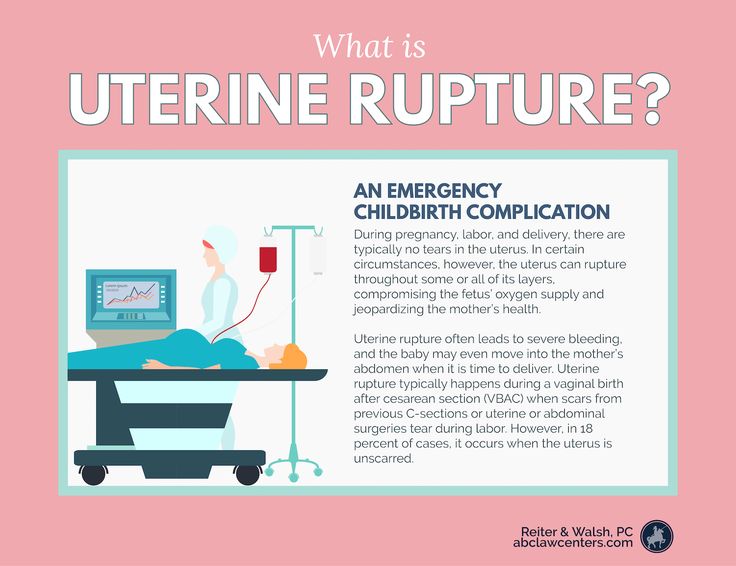
-
normal menstrual bleeding is light at first and then increases, and the blood becomes more saturated red
-
normal menstrual bleeding becomes less intense towards the end of menstruation, the color also becomes less intense
What can cause bleeding during early pregnancy?
Bloody discharge during pregnancy can be associated with many factors, each of which is a reason to urgently visit a doctor to rule out pathology.
Main causes of bleeding in the first trimester of pregnancy:
-
bleeding after attachment of the egg to the wall of the uterus
-
signs of threatened miscarriage
-
infections
-
ectopic pregnancy
Many women who experience this light bleeding go on to have normal pregnancies and give birth to healthy children, but in about a third such bleeding becomes more intense over time and eventually leads to a miscarriage.
Unfortunately, there is no way to determine at home what caused such bleeding, so whenever such light bleeding occurs during pregnancy, you should consult your gynecologist for advice to rule out the possibility of pathology.
Important: if you are pregnant and have bleeding that becomes more intense and does not stop, accompanied by pain in the abdomen and lower back, you should immediately consult a doctor.
When do periods start after pregnancy?
Both after caesarean section and after vaginal delivery, women experience vaginal bleeding.
In the first weeks after childbirth, the blood may clot and be more intense than normal periods, but then they become brown, light red and finally whitish.
This discharge is called lochia and usually lasts no more than 45 days after vaginal delivery and up to 60 days in women after caesarean section. Lochia begins immediately after childbirth, and menstruation occurs only when the level of the hormone prolactin in the woman's body drops, which causes the appearance of breast milk.
If you are not breastfeeding, your periods usually return 6-8 weeks after delivery.
If you are breastfeeding, you may not have your period for as long as you are breastfeeding your baby.
During lochia, it is recommended to use pads rather than tampons.
Abortion and menses
Many questions about menstruation also arise in women who have experienced an unplanned pregnancy and have decided to have an abortion.
How this procedure will affect the body depends on many factors, primarily on whether the abortion was medical or surgical. Bleeding after an abortion is normal, but in the truest sense of the word, menstruation is not.
Medical abortion
During a medical abortion, the doctor gives you two pills.
Usually, the first tablet is taken under the supervision of a doctor, in the clinic. After taking this pill, the endometrium of the uterus, to which the fertilized egg is attached, ceases to thicken, and pregnancy can no longer develop.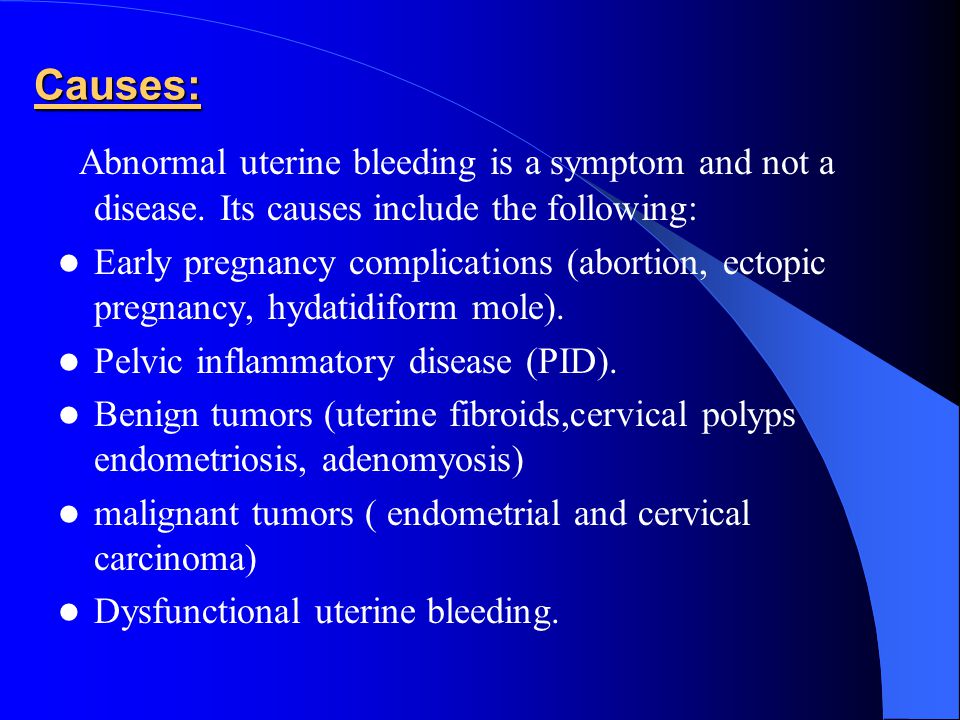 Some women begin to bleed at this point.
Some women begin to bleed at this point.
The woman then leaves the clinic and takes the second pill at home. After taking it, the endometrium begins to separate from the walls of the uterus and exit through the vagina. Such bleeding usually begins 0.5-4 hours after taking the pill. Usually, at 4-5 hours of bleeding, it becomes more intense, then its intensity decreases, and it becomes similar to normal menstruation.
Surgical abortion
In the case of a surgical abortion, bleeding may begin immediately after the procedure, but in some women it begins after 3-5 days. Usually such bleeding is weaker than normal menstruation. Bleeding may stop or last until the next menstruation.
How long does bleeding last after an abortion?
Bleeding after any type of abortion often lasts 1-2 weeks. Most often, after this period, it becomes quite insignificant, and in some women it completely disappears until the next menstruation.
What should be the bleeding after an abortion?
Bleeding after an abortion is similar to normal menstruation, but the blood itself is often brown rather than red. After a medical abortion, it is usually more intense than after a surgical one.
You may notice blood clots and most of the time this is not a cause for concern, but if they continue to stand out against the background of heavy bleeding and continue for more than two hours, then your doctor should be contacted.
Many doctors do not recommend the use of tampons for at least two weeks after an abortion, during this period it is better to use hygienic gaskets.
First period after abortion
Abortion restarts the menstrual cycle.
Periods after it usually return to normal within 1-1.5 months after the procedure. The timing depends, among other things, on how long the pregnancy was terminated—as a rule, the longer the term, the more time it may take for the body to restore the usual level of hormones.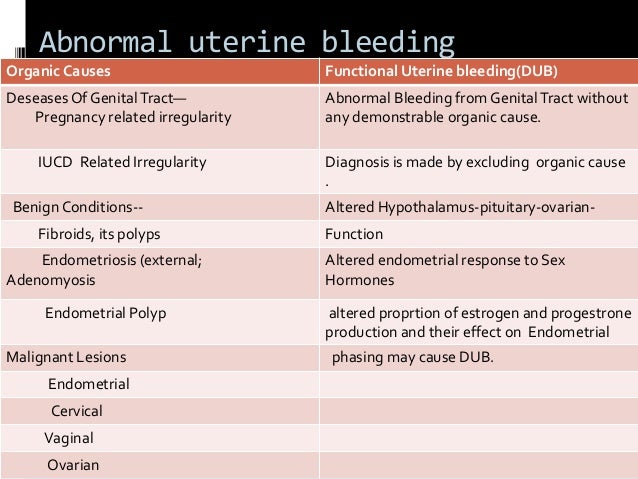
Bleeding at the beginning of pregnancy | Mamovedia
It is good when the pregnancy goes smoothly and without complications. However, it often happens that unpleasant moments occur during pregnancy, including uterine or vaginal bleeding.
Experts say that bleeding is most dangerous at the beginning of pregnancy. But at the same time, it is necessary to take into account the fact that not any bleeding at the beginning of pregnancy is dangerous and indicates a pathology.
Most bleeding, but not all, require immediate medical attention.
At the very beginning of pregnancy, minor bleeding can be considered normal, since they do not pose a danger to the normal course of pregnancy. This is due to the fact that the beginning of pregnancy is the time of a global restructuring of the woman's body, both at the hormonal and physiological levels. When the fetal egg is fixed in the wall of the uterus, then small fragments of its mucous membrane can be rejected.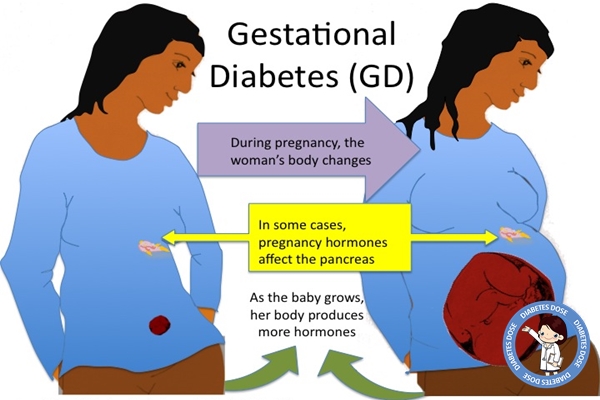 This is the cause of minor bleeding from the vagina. Such discharge can be brown, brown or bright red. Normally, they are insignificant and are not accompanied by pain.
This is the cause of minor bleeding from the vagina. Such discharge can be brown, brown or bright red. Normally, they are insignificant and are not accompanied by pain.
But, in any case, if you have any bleeding during pregnancy (even the smallest), you should consult a doctor. This is necessary in order to make sure that the condition of the fetus is not disturbed, the pregnancy is proceeding normally, and there is no threat of miscarriage.
One of the most common causes of bleeding in early pregnancy in many women is cervical erosion. The mucous membrane of the cervix at the beginning of pregnancy may bleed, as there is increased blood flow to the uterus. With erosion of the cervix during pregnancy, the inflammatory process is activated.
If a woman has cervical erosion, then bleeding at the beginning of pregnancy may occur due to physical exertion, after sexual contact, or just out of the blue. With such bleeding, there are no painful sensations, and the discharge is insignificant and quickly stops spontaneously.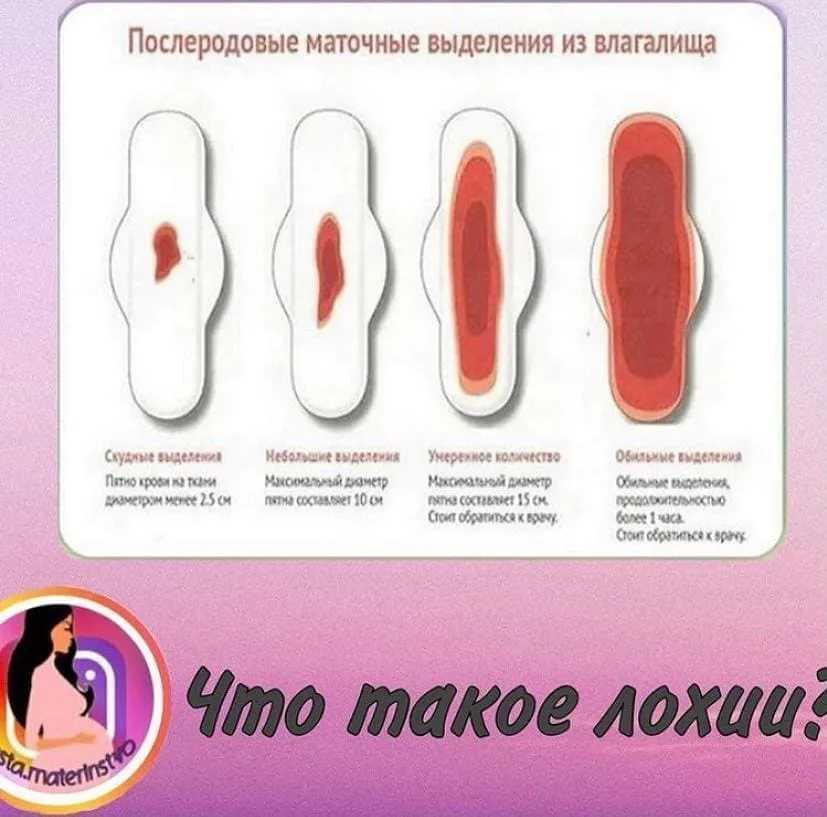
The presence of cervical canal polyps and decidua polyps can also lead to bleeding at the beginning of pregnancy. Such polyps are considered harmless tumors on the uterus or cervix. Blood discharge is also not plentiful and there is no pain.
More severe complications of the first trimester of pregnancy are vaginal bleeding, which may threaten miscarriage or signal an ectopic pregnancy.
Dangerous bleeding at the beginning of pregnancy is discharge that occurs with pathologies of the cervix, with varicose veins of the external genital organs, as well as with various infections of the vagina.
Precisely because a pregnant woman should know that any bleeding should be a reason for immediate medical attention.
A pregnant woman should be attentive to her health and respond in time to any changes in it.
One of the most serious complications of pregnancy in the first trimester, which is accompanied by bleeding, is spontaneous miscarriage. At first, the bleeding is insignificant and not accompanied by pain, but it does not stop, and after a while it becomes more intense.